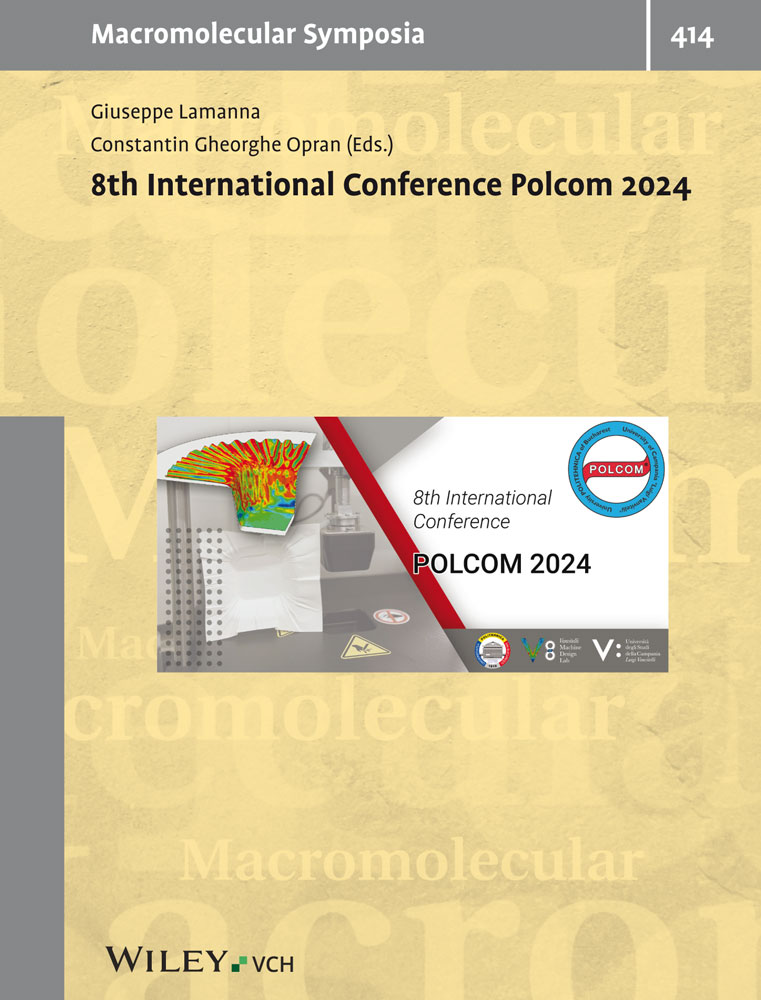Solid-supported biomimetic membranes with tailored lipopolymer tethers
Abstract
Stable lipid membranes with controlled substrate-membrane spacing can be prepared using well-defined lipopolymers as a tether. Based on the living cationic ring-opening polymerization of 2-methyl- or 2-ethyl-2-oxazoline, lipopolymers can be synthesized bearing a lipid head group as well as a silanol reactive coupling end group. Using a “grafting onto” procedure these polymers can form dense, brush like monolayers, whose layered structures can be obtained by x-ray reflectivity measurements. By transfer of a pre-organized monolayer that is followed by vesicle fusion, stable polymer supported lipid membranes can be prepared. The substrate-membrane spacing can be controlled via the degree of polymerization, while the lateral diffusion of lipids within the membrane depends on the density of polymer tethers. Preliminary experiments implied that the membrane with long (N = 40) polymer tethers could reside trans-membrane receptors homogeneously, suggesting a large potential of this strategy.




